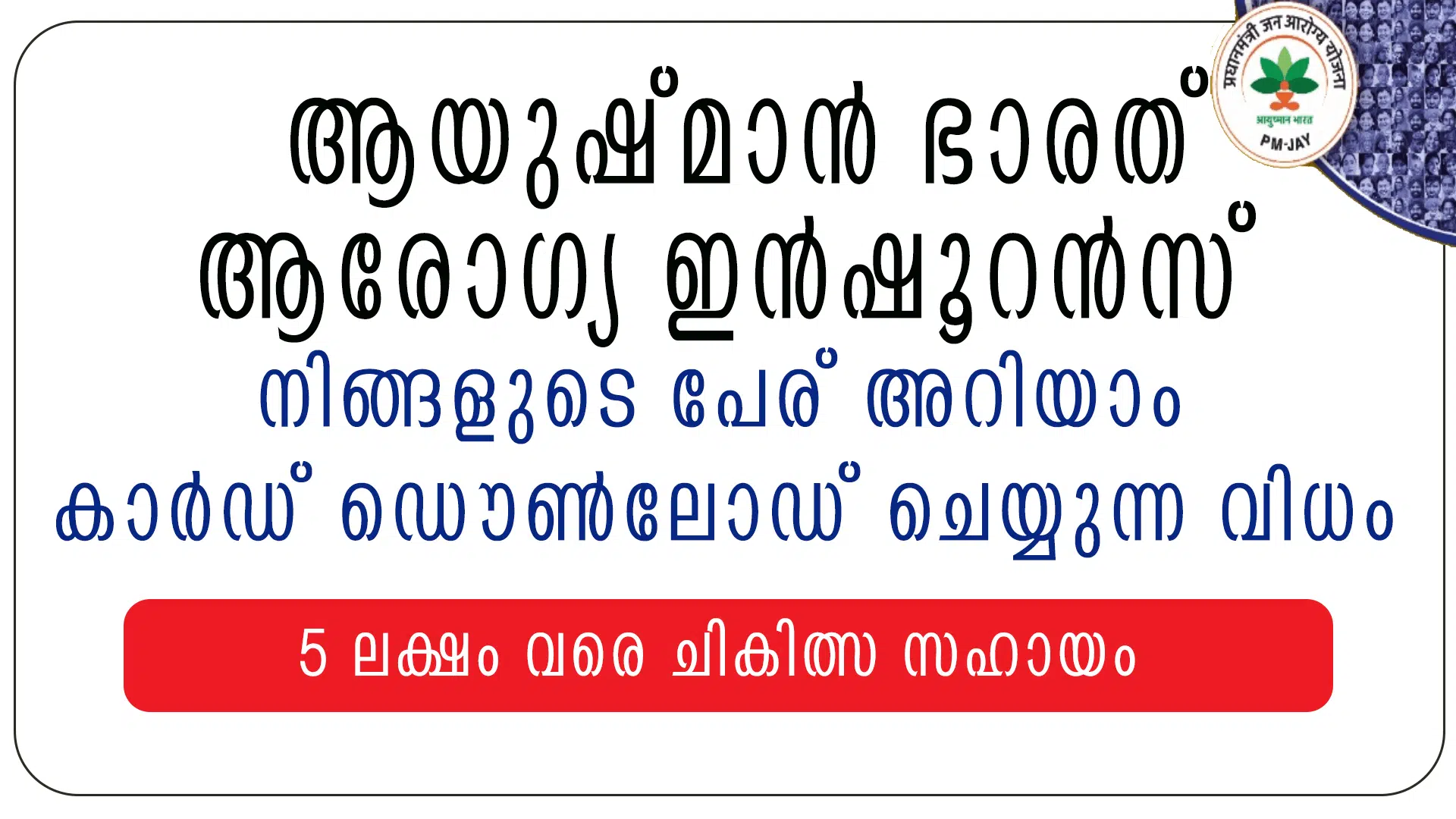Introduction
India, a nation of over 1.4 billion people, has long grappled with the challenge of ensuring accessible, affordable, and quality healthcare for its citizens. Recognizing the need to reform the healthcare system, the Government of India launched the Ayushman Bharat initiative in 2018. A flagship program under this umbrella is the Pradhan Mantri Jan Arogya Yojana (PM-JAY), one of the world’s largest government-funded healthcare schemes. This ambitious scheme aims to provide a health cover of ₹5 lakh per family per year to over 50 crore beneficiaries, primarily targeting the economically weaker sections of the society.
Background and Objectives
Ayushman Bharat PM-JAY was officially launched on September 23, 2018, by Prime Minister Narendra Modi. It is a centrally sponsored scheme under the Ministry of Health and Family Welfare and implemented by the National Health Authority (NHA).
The primary objectives of PM-JAY are:
-
Financial protection against catastrophic health expenditures.
-
Access to quality healthcare services without financial hardship.
-
Reduction in out-of-pocket expenses, which historically formed a major portion of health spending in India.
-
Strengthening the healthcare delivery system, especially in rural and underserved areas.
PM-JAY is part of a broader vision of Universal Health Coverage (UHC), ensuring that every citizen receives essential health services without financial strain.
Key Features
1. Coverage and Eligibility
PM-JAY provides coverage for secondary and tertiary healthcare services to nearly 10.74 crore poor and vulnerable families identified based on the Socio-Economic Caste Census (SECC) 2011 data. Unlike previous schemes, there is no cap on family size or age, ensuring inclusivity.
Beneficiaries are not required to enroll or pay any premium. Eligibility is automatic for those meeting the SECC criteria, and the scheme is portable across India, allowing access to treatment at any empanelled hospital nationwide.
2. Health Coverage
Each eligible family is entitled to a cashless health cover of ₹5 lakh per year, applicable for hospitalization, surgery, and treatment of various diseases. The coverage includes:
-
Pre-hospitalization expenses (3 days prior)
-
Post-hospitalization expenses (15 days after discharge)
-
Diagnostic tests
-
Medicines
-
Doctor consultation fees
-
Surgical procedures
3. Network of Empanelled Hospitals
Over 25,000 public and private hospitals have been empanelled under PM-JAY. These hospitals are required to meet specific quality and infrastructure standards and are regularly monitored to ensure compliance.
4. Paperless and Cashless Access
One of the defining features of PM-JAY is its IT-driven, paperless process. Beneficiaries can access services without physical documentation or upfront payments. Hospitals use a Health ID card or Aadhaar-based identification to validate beneficiaries.
5. Portability
A key advantage of PM-JAY is that beneficiaries can avail of treatment anywhere in India, regardless of their state of residence. This feature is particularly beneficial for migrant workers and families in different states.
Implementation Structure
The scheme is managed at the national level by the National Health Authority (NHA). At the state level, it is implemented through State Health Agencies (SHAs), which may adopt the scheme in three modes:
-
Trust Mode – Government handles funds and payments directly.
-
Insurance Mode – An insurance company is responsible for claims and risk management.
-
Mixed Mode – Combines elements of both trust and insurance.
Benefits to the Population
1. Reduction in Health-Related Poverty
By offering cashless and paperless treatment, PM-JAY significantly reduces the out-of-pocket expenditure that pushes millions of families into poverty each year. According to reports, the scheme has saved beneficiaries over ₹30,000 crores in healthcare expenses.
2. Increased Utilization of Health Services
The availability of quality healthcare without financial barriers has encouraged more people to seek timely medical treatment. This not only improves health outcomes but also increases demand for better infrastructure and skilled personnel.
3. Boost to Private Healthcare Sector
With private hospitals empanelled under the scheme, there is an incentive to improve facilities and expand into underserved areas. This public-private partnership model helps bridge the gap between demand and supply of quality healthcare.
4. Creation of Jobs
As healthcare infrastructure expands to meet the needs of beneficiaries, PM-JAY indirectly contributes to job creation in healthcare services, including doctors, nurses, paramedics, and support staff.
Challenges and Criticism
Despite its significant achievements, PM-JAY faces several challenges:
1. Awareness and Identification
Many eligible families remain unaware of their entitlement under the scheme. Lack of proper communication channels, digital illiteracy, and complex identification procedures limit access.
2. Quality and Fraud
Ensuring uniform quality of services across a vast network of hospitals is a continuous challenge. Cases of fraudulent claims, fake patients, and unnecessary treatments have been reported, leading to concerns over accountability.
3. Sustainability and Funding
Given its scale, PM-JAY requires sustained financial commitment from both central and state governments. Budget allocations must keep pace with increasing enrollments and medical inflation.
4. Skewed Distribution of Hospitals
While the scheme is pan-India, the distribution of empanelled hospitals is uneven. Urban centers have better access, while rural and remote regions face shortages in infrastructure and skilled professionals.
Way Forward
To strengthen the impact of Ayushman Bharat PM-JAY, the following steps are essential:
-
Enhanced awareness campaigns using mass media, local governance, and digital platforms to reach eligible families.
-
Technological upgrades to detect fraud, monitor hospital performance, and streamline claim processing.
-
Encouraging private sector participation in underserved regions through incentives and partnerships.
-
Training and capacity building for healthcare workers to ensure quality service delivery.
-
Integration with other health initiatives, like Health and Wellness Centers (HWCs), to promote preventive care and reduce hospitalization rates.
Conclusion
Ayushman Bharat Pradhan Mantri Jan Arogya Yojana represents a bold and transformative step towards equitable healthcare in India. As one of the world’s largest publicly funded health insurance schemes, it has brought critical health services within reach for millions of underprivileged citizens.
While challenges remain, continuous improvements in infrastructure, governance, and outreach can ensure the scheme fulfills its vision of “Health for All”. With sustained commitment, Ayushman Bharat PM-JAY can become a global model for universal health coverage in emerging economies, laying the foundation for a healthier, more prosperous India.
